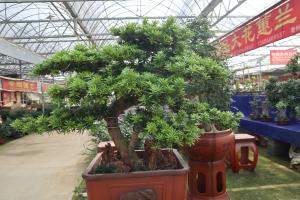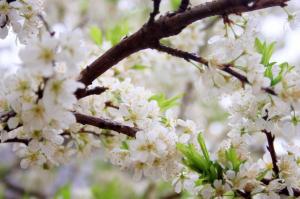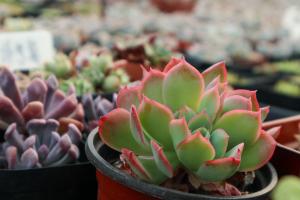1、 Curing method
1. Soil: Starwood is picky about the soil. It is better to be fertile and have good water permeability and rich nutrient content. When preparing, it can be fully mixed with sandy loam and rotten leaf soil
2. Moisture: Starwood has strong drought resistance. When watering at ordinary times, you should pay attention to watering after its soil surface is completely dry. Just water it directly. However, there shall be no ponding, which is easy to cause rotten roots

3. Sunshine: it has strong resistance to negative, and grows better in astigmatism or semi negative environment. Remember not to be exposed to sunlight for a long time. However, it cannot be cured in a place with poor light. It will grow slowly
4. Temperature: it grows better in the environment of 20-30 ℃, and prefers the growth ring with higher temperature. Similarly, its low temperature resistance is relatively poor. In winter, it is best to maintain a curing temperature of more than 13 ℃

2、 Breeding skills
1. Pinching: during its vigorous growth period, if the lateral branches of the plant grow sparsely, the growth of its lateral branches can be promoted by pinching. It can achieve better plant line and improve the ornamental ability
2. Pruning: pruning can be carried out properly during the growth process. If there are diseased branches or dead branches, they need to be cut off in time. Avoid infection of other branches and loss of nutrients, and can also be properly trimmed to maintain a perfect plant line

3、 Diagnosis and treatment problems
1. Pests and diseases: Starwood has few pests and diseases during breeding, but it is prone to anthrax in the environment with high temperature, humidity and poor ventilation. When it is found, it needs to be sprayed with carbendazim solution in time
2. Dry leaves: when breeding, try to avoid prolonged exposure to the sun. If the dry leaves are caused by too strong light in most cases, move to the semi shade position in time and recover slowly

4、 Other issues
1. Whether it can be cultured indoors: Starwood can be cultured indoors, but pay attention to frequent ventilation when breeding indoors to avoid the breeding of bacteria, diseases and pests in a closed environment
2. Overwintering: it's best to move indoors when raising in winter. It has poor cold resistance. It can survive the winter safely when the indoor temperature is above 13 ℃


 jackfruit
jackfruit snake plant
snake plant hibiscus
hibiscus hydrangea
hydrangea lavender
lavender Green roses climb al...
Green roses climb al... If you don't pay att...
If you don't pay att... Management of four g...
Management of four g...


































